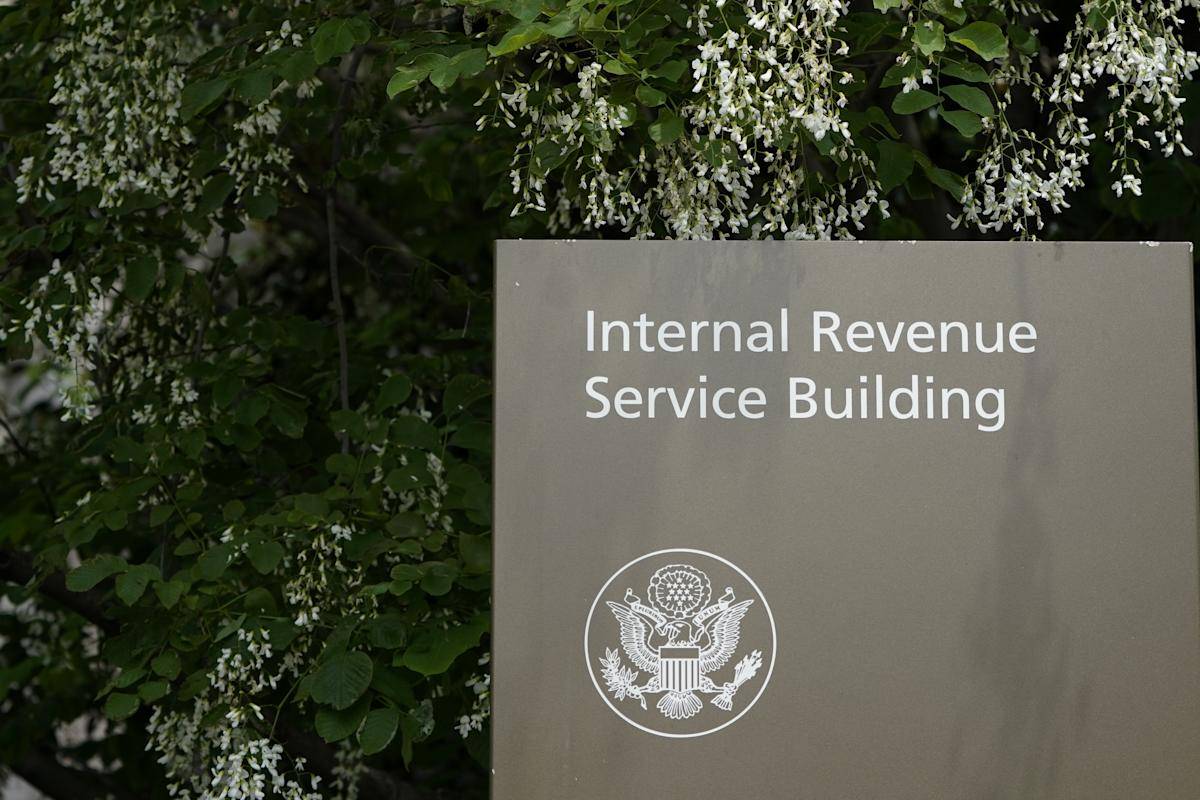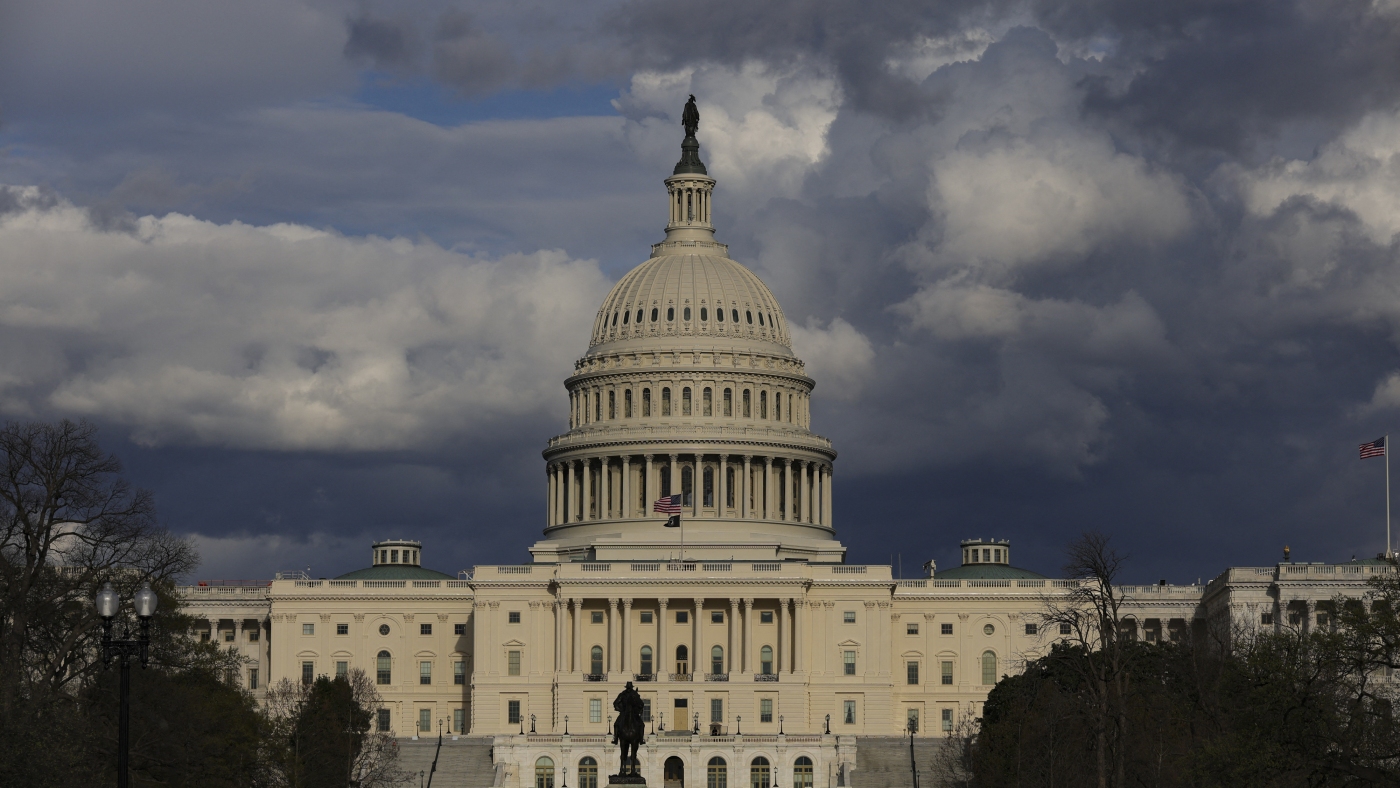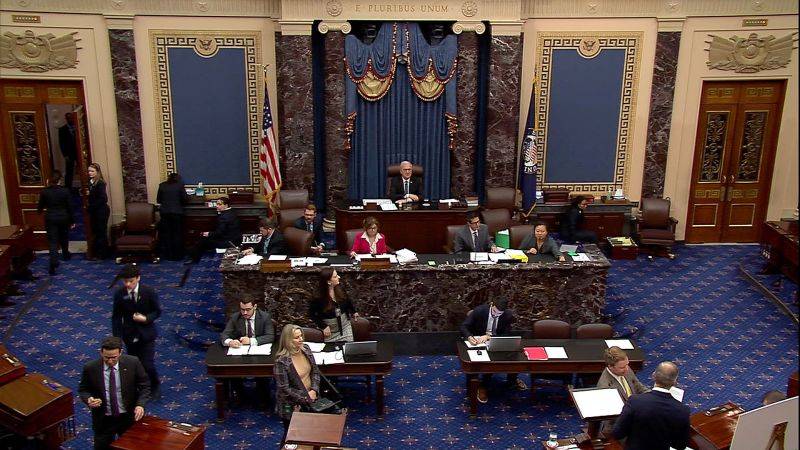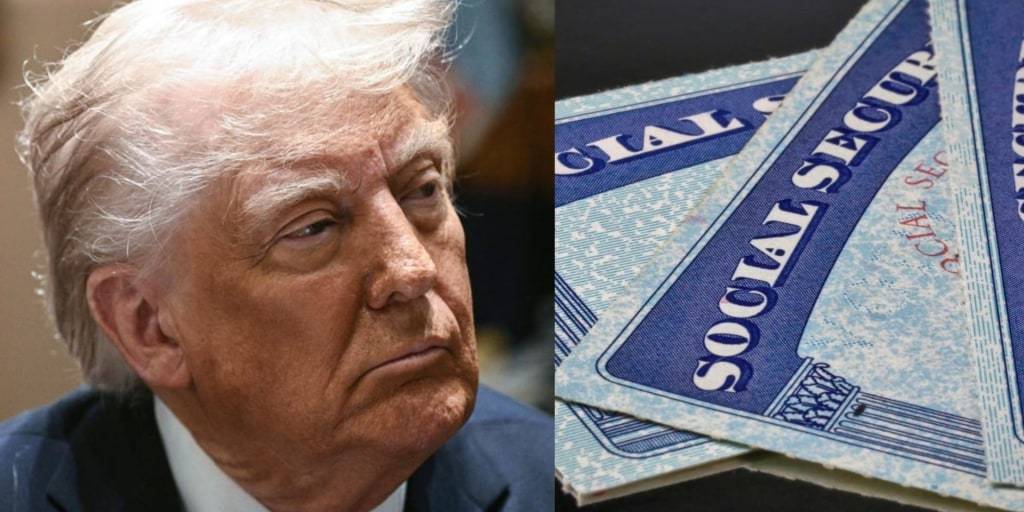IRS Undergoes Workforce Reductions Amid Political Shift
As the U.S. tax filing deadline approaches, the Internal Revenue Service (IRS) is undergoing significant changes, particularly in its workforce. The agency is planning to cut up to 25% of its staff, which is part of a broader effort by the Trump administration to reduce the size of the federal bureaucracy. This move involves layoffs, attrition, and could include buyouts, though the latter will not be available until after the tax filing season ends.
Background on IRS Expansion and Reversal
The IRS had grown to nearly 100,000 employees by 2024, thanks in part to increased funding from the Inflation Reduction Act signed by President Biden. However, the Trump administration has reversed this trend, aiming to streamline operations and reduce costs. The workforce reduction will target multiple offices and job categories, with the IRS’s civil rights office being one of the first areas affected. This office is being significantly downsized, with about 75% of its staff facing layoffs, and the remaining employees will be reassigned to other parts of the agency.
Policy Shift Toward Government Efficiency
One of the key reasons behind these cuts is the Trump administration’s focus on reducing government spending and what it perceives as inefficiencies in federal agencies. President Trump has tasked Elon Musk with leading a Department of Government Efficiency aimed at downsizing the government and eliminating wasteful expenditures. This initiative includes closing unnecessary offices and programs, such as the civil rights office, which critics argue are essential for equity and inclusion.
Strategic Reprioritization
From a broader perspective, these changes reflect a shift in priorities from improving tax compliance among high-income individuals and large corporations to reducing the federal workforce. The IRS had planned to expand its enforcement capabilities, hiring thousands of new staff to improve compliance, but these efforts are now being curtailed. Instead, the focus is on technological innovations and process improvements to enhance efficiency, according to a Treasury spokesperson.
Public and Expert Responses
Critics argue that such cuts could impair the IRS’s ability to effectively manage tax collections and provide adequate services to taxpayers. The National Taxpayer Advocate has highlighted challenges in processing certain tax credits and handling identity theft cases due to resource constraints. On the other hand, supporters see these measures as necessary to streamline government operations and save taxpayer dollars.
Scope and Phasing of Layoffs
In real terms, this translates to a workforce reduction of approximately 20,000 employees, out of about 90,000 total staff. The layoffs are phased, with critical personnel involved in tax return processing being spared initially. However, the broader impact of these cuts on taxpayer services and compliance among affluent taxpayers remains a topic of concern.
Political and Governance Implications
As I reflect on these changes from Washington, D.C., it’s clear that the political landscape plays a significant role in shaping these decisions. The narrative around government efficiency and budget cuts has become a focal point in American politics, influencing how agencies like the IRS operate. Whether these measures will lead to more effective governance or merely reduce essential services is a question that will unfold over time.
For more insights on the evolving IRS landscape, visit Epochedge News for ongoing coverage of political and economic developments.









